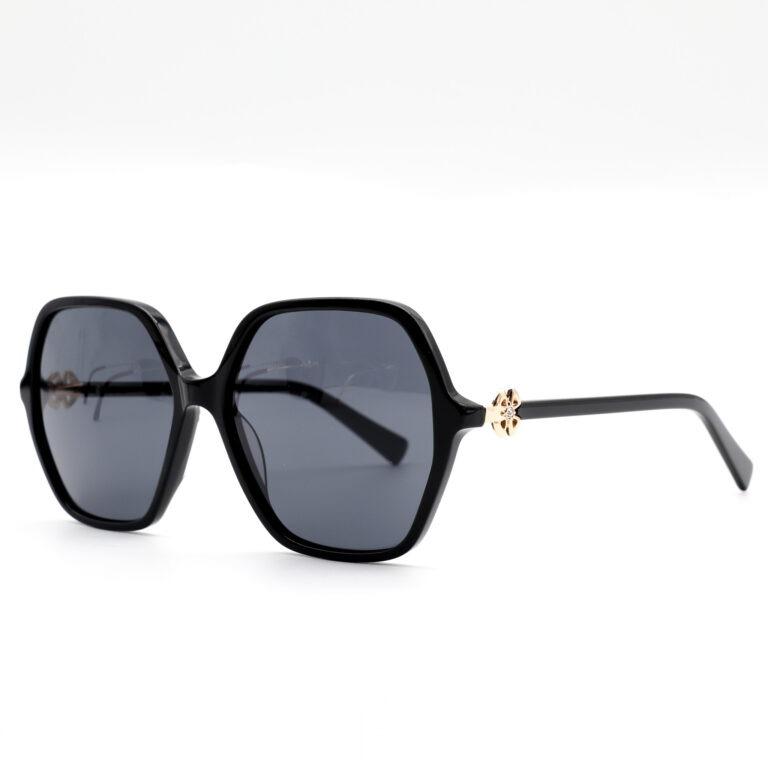The Future of Eyeglass Manufacturing: Trends and Innovations

Eyeglass manufacturers are experiencing a major transformation as emerging technologies and evolving consumer preferences reshape the optical industry. From sustainable production to smart eyewear, the future of eyeglass manufacturing promises efficiency, customization, and enhanced user experiences. As the industry shifts from traditional methods to high-tech solutions, manufacturers must adapt to stay competitive in an increasingly digital and eco-conscious market.
The Rise of Smart Eyewear
One of the most significant trends reshaping the future of eyeglass manufacturing is the development of smart eyewear. These technologically enhanced glasses go beyond vision correction by integrating features such as fitness tracking, augmented reality (AR), and even audio functionalities.
Tech giants like Google, Meta, and Apple have entered the arena, pushing traditional eyeglass manufacturers to collaborate or innovate to keep pace. Future-forward manufacturers are investing in R&D to integrate micro-displays, sensors, and connectivity into stylish frames, combining fashion and function seamlessly.
For example, AR glasses with real-time navigation, facial recognition, or hands-free calling are now more than just prototypes—they’re part of the evolving product roadmap for innovative manufacturers.
3D Printing and Mass Customization
3D printing technology has revolutionized how eyeglasses are designed and produced. Traditionally, eyeglass frames required molds, tooling, and labor-intensive processes. With 3D printing, eyeglass manufacturers can create frames directly from digital models, allowing for rapid prototyping and personalized designs.
This method enables mass customization, catering to consumer demands for individuality. Customers can select frame shapes, colors, materials, and sizes, and receive a truly tailored product—without significant cost increases.
In addition to personalization, 3D printing drastically reduces waste, making it a sustainable choice. As this technology becomes more accessible and affordable, more manufacturers are expected to adopt it as a core part of their production strategy.
Sustainability in Materials and Processes
Today’s consumers are more eco-conscious than ever. As a result, sustainability is becoming a non-negotiable component of eyeglass manufacturing. Forward-thinking eyeglass manufacturers are reducing their environmental impact through a variety of means:
-
Recycled and biodegradable materials such as bio-acetate and ocean plastics are replacing petroleum-based plastics.
-
Closed-loop production systems reduce waste and energy consumption.
-
Manufacturers are also switching to waterless dyeing techniques, biodegradable packaging, and carbon-neutral facilities.
Brands like Parafina and Sea2See have built entire business models around sustainability, and larger players are following suit to align with global environmental standards.
AI and Automation in Production
Artificial Intelligence (AI) and automation are streamlining production processes for eyeglass manufacturers. Machine learning algorithms can now analyze customer data to recommend frame styles and lens options, while robotics handle precision cutting, assembling, and polishing tasks.
AI-driven inventory management and supply chain optimization help reduce overproduction, saving both resources and cost. Manufacturers employing these technologies benefit from:
-
Faster production times
-
Fewer errors
-
Better inventory control
-
Lower operational costs
In the near future, smart factories powered by AI will allow eyeglass manufacturers to produce more with less, increasing both scalability and profitability.
Digital Try-Ons and Virtual Fittings
With the global shift to e-commerce, digital innovations are crucial for customer engagement. Augmented Reality (AR) and face-mapping technologies are now being employed by many eyeglass manufacturers and retailers to provide virtual try-ons.
These tools allow customers to see how different frames will look on their face before making a purchase, boosting confidence and reducing return rates. As this technology improves, it will become an expected part of the eyeglass-buying experience.
Additionally, advanced virtual fitting tools can scan facial features to recommend frame sizes and shapes, bridging the gap between physical retail and online shopping.
Decentralized and On-Demand Manufacturing
The traditional model of centralized production and global distribution is being challenged by on-demand, localized manufacturing. By producing frames closer to the consumer, eyeglass manufacturers can:
-
Minimize shipping times
-
Lower carbon footprints
-
Reduce the need for large inventories
Small-scale, modular manufacturing units powered by 3D printing and automation are emerging as viable alternatives to massive factories. This shift toward decentralization is especially advantageous for startups and niche brands looking to serve local or hyper-targeted markets.
Lens Technology Advancements
While much focus is placed on frames, lens technology is also evolving rapidly. Innovations in lens coatings and materials are improving user experience, comfort, and durability. Key developments include:
-
Blue light blocking lenses for screen protection
-
Photochromic lenses that adjust to lighting conditions
-
Adaptive lenses using liquid crystal layers that automatically change prescription based on viewing distance
Such advancements not only benefit consumers but also present new selling points for eyeglass manufacturers.
The Role of Data and Consumer Insights
Data is becoming a powerful tool in guiding product development and marketing strategies. By analyzing purchasing patterns, feedback, and wearability data from smart eyewear, eyeglass manufacturers can:
-
Design better products
-
Forecast trends
-
Personalize marketing efforts
-
Reduce product return rates
Access to such granular insights enables a data-driven approach to design and distribution that was previously unavailable to the industry.
Conclusion: A Smart, Sustainable Future
The future of eyeglass manufacturing is being shaped by a dynamic mix of technology, sustainability, and customization. To thrive in this evolving market, eyeglass manufacturers must embrace digital transformation, invest in eco-friendly practices, and stay attuned to changing consumer expectations.
Those who adapt to these trends will not only survive but lead the next generation of innovation in eyewear—where fashion, function, and technology intersect seamlessly.
- Information Technology
- Office Equipment and Supplies
- Cars and Trucks
- Persons
- Books and Authors
- Tutorials
- Art
- Causes
- Crafts
- Dance
- Drinks
- Film
- Fitness
- Food
- Jogos
- Gardening
- Health
- Início
- Literature
- Music
- Networking
- Outro
- Party
- Religion
- Shopping
- Sports
- Theater
- Wellness



